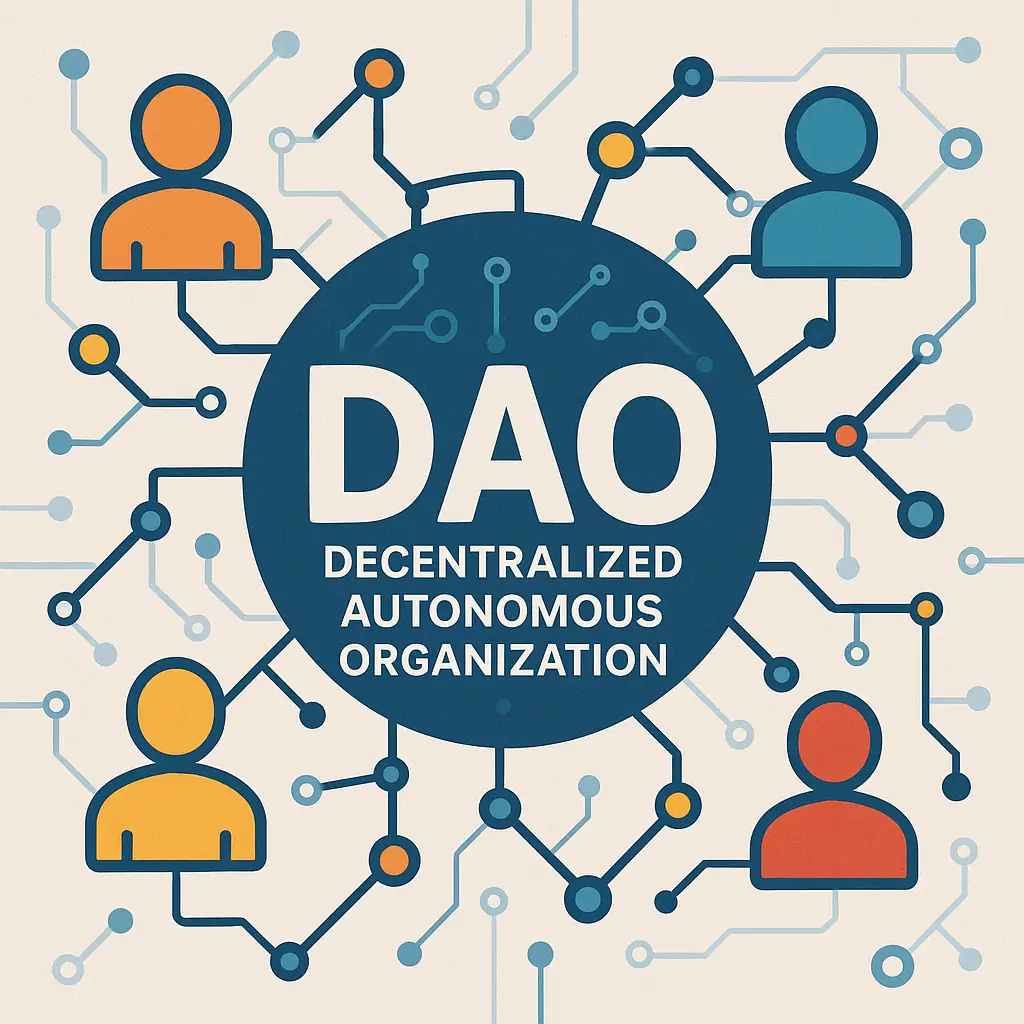The blockchain ecosystem resembles a collection of isolated islands, each with its own economy, rules, and native currency. Ethereum holders can’t directly use their assets on Solana. Bitcoin users face barriers when trying to access decentralized finance applications on other networks. This fragmentation creates inefficiency and limits the potential of blockchain technology—until blockchain bridges enter the picture.
Blockchain bridges are the infrastructure connecting these isolated networks, enabling seamless asset transfers and communication between different blockchains. As the crypto landscape grows increasingly multi-chain, understanding how bridges work and even building your own has become essential knowledge for developers and blockchain enthusiasts alike.
Understanding Blockchain Bridge Architecture
At their core, blockchain bridges solve a fundamental interoperability problem. Each blockchain operates independently with distinct consensus mechanisms, security models, and programming languages. Bridges create pathways for assets and data to move between these incompatible systems without requiring native integration.
The mechanics vary, but most bridges follow a common pattern. When you want to transfer assets from Chain A to Chain B, the bridge locks your tokens on the source chain. It then mints equivalent wrapped or synthetic tokens on the destination chain. These wrapped tokens represent your original assets and can be redeemed by reversing the process—burning the wrapped tokens to unlock the originals.
There are several bridge architectures, each with distinct trade-offs. Trusted bridges rely on a central authority or consortium to facilitate transfers, offering speed and simplicity but introducing centralization risks. Trustless bridges use smart contracts and cryptographic proofs to operate without intermediaries, prioritizing security and decentralization over convenience.
Hash time-locked contracts represent another approach, creating conditional transactions that either complete or automatically reverse based on cryptographic proofs. Meanwhile, liquidity pool bridges maintain reserves on both chains, enabling faster swaps without locking mechanisms but requiring substantial capital commitments.
The security model matters enormously. Bridges have become prime targets for hackers, with over two billion dollars stolen in bridge exploits during 2022 alone. The challenge stems from bridges holding significant value while connecting systems with different security guarantees—creating potential weak points that attackers aggressively probe.
Building Your Own Blockchain Bridge
Creating a blockchain bridge requires careful planning and robust technical expertise. The process begins with defining your bridge’s scope: which blockchains will it connect, what assets will it support, and what trust model will it employ?
The foundational component is smart contract development. You’ll need contracts on both source and destination chains to handle locking, minting, burning, and unlocking operations. These contracts must implement rigorous security measures including multi-signature requirements, time delays, and withdrawal limits to protect against exploits.
Off-chain infrastructure is equally critical. Most bridges require validators or relayers—software that monitors events on one chain and triggers corresponding actions on another. These validators must reach consensus about cross-chain transactions, typically through multi-signature schemes or threshold cryptography to prevent single points of failure.
Oracle integration often plays a role in transmitting information between chains. Chainlink and other oracle networks provide decentralized data feeds that bridges can leverage for price information and cross-chain messaging. Implementing oracle connections adds complexity but enhances security compared to proprietary solutions.
Testing is non-negotiable. Bridge vulnerabilities have resulted in catastrophic losses, making extensive security audits mandatory. Deploy your bridge on testnets first, conducting penetration testing and formal verification of smart contracts. Engage multiple independent security firms for audits before launching on mainnet.
Consider starting with a federated bridge model using a small group of trusted validators before implementing fully decentralized mechanisms. This allows you to iterate on functionality while limiting risk exposure. As the system proves reliable, you can progressively decentralize by expanding the validator set and reducing trust assumptions.
User experience deserves attention too. The best bridge technology means nothing if users find it confusing. Build intuitive interfaces that clearly communicate transaction status, fees, and estimated completion times. Implement monitoring systems to detect anomalies and pause operations if suspicious activity occurs.
The Future of Cross-Chain Communication
Blockchain bridges represent critical infrastructure for a multi-chain future, but they’re evolving rapidly. Layer-zero protocols and cross-chain messaging standards are emerging to provide more native interoperability. Projects like Polkadot and Cosmos were designed with inter-blockchain communication as core features, potentially reducing bridge dependency.
Despite these alternatives, bridges will remain essential for connecting established networks like Bitcoin and Ethereum that weren’t built with interoperability in mind. As security practices mature and bridge designs improve, we’re moving toward a future where blockchain choice matters less because assets flow freely across networks.
For developers, building blockchain bridges offers valuable experience in smart contract security, cryptographic systems, and distributed consensus. For the broader ecosystem, every secure bridge constructed brings us closer to realizing blockchain technology’s full potential—a seamlessly connected web of specialized networks, each optimized for specific use cases while remaining accessible to all.




